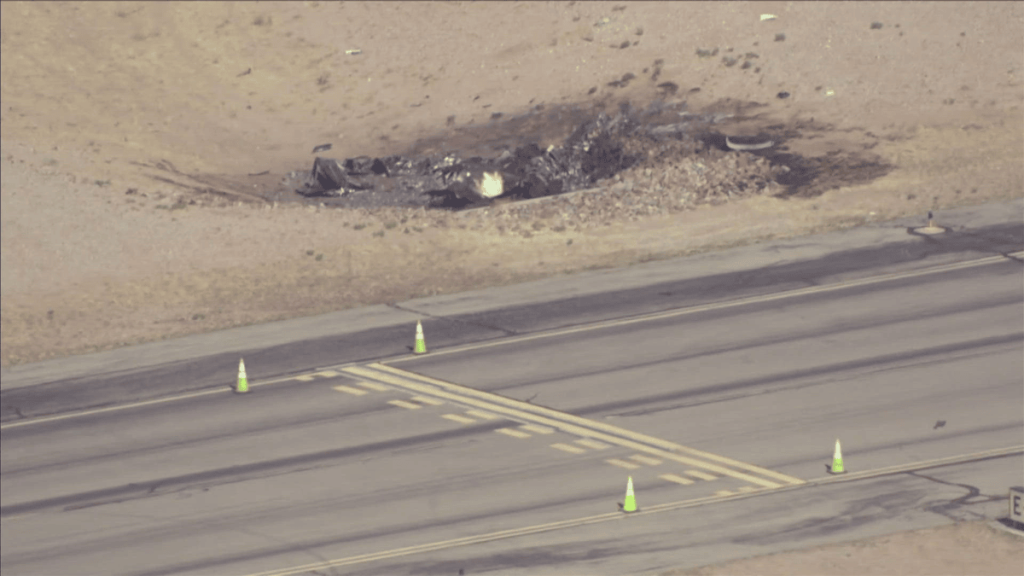An unexpected tragedy unfolded Wednesday morning at Marana Regional Airport, northwest of Tucson, when two small planes collided midair, claiming two lives. The incident, which has sent shockwaves through the local aviation community, has led to the closure of the airport while investigators work to determine the cause of the air collision in Arizona.
Incident Overview
At approximately 8:28 a.m., a Cessna 172S and a Lancair 360 MK II were involved in a midair collision while operating near runway 12 at Marana Regional Airport. According to the National Transportation Safety Board (NTSB), the collision occurred upwind of the runway. The four-seat, single-engine Cessna managed to land without further incident, whereas the two-seat Lancair crashed into terrain near another runway, sparking a post-impact fire.

Marana Police Department confirmed that two people lost their lives in the crash, while the remaining two occupants sustained only minor injuries. The airport remains closed as the NTSB, in conjunction with the Federal Aviation Administration (FAA), continues to investigate the tragic Arizona plane crash.
Details of the Collision
Marana Regional Airport is classified as an “uncontrolled field,” meaning it does not operate an active air traffic control tower. In such environments, pilots rely on a Common Traffic Advisory Frequency (CTAF) to announce their positions and intentions to others in the vicinity. Despite these protocols, miscommunications or errors can lead to catastrophic outcomes. In this case, the plane crash in Arizona has raised important questions about safety practices and pilot coordination in uncontrolled airspace.
The NTSB is leading the investigation, with an investigator arriving on scene to collect evidence and document the condition of the wreckage. The FAA is also actively involved in assessing whether standard operating procedures were fully adhered to during the incident.
Aviation Safety Concerns
This air collision in Arizona is the latest in a series of aviation incidents that have captured national attention. While data from the NTSB suggests a record low number of airplane accidents nationwide this January, smaller aircraft, which operate under less stringent FAA regulations compared to major carriers, are statistically more susceptible to accidents.
Marana Regional Airport has previously witnessed aviation mishaps. Notably, in 2000, a U.S. Marine Corps Osprey helicopter crash at the airport resulted in 19 fatalities, and in 2002, a collision involving a military parachuting team known as the Golden Knights claimed the life of an Army pilot. These past events underscore the challenges associated with managing safety at uncontrolled fields.
The two planes collide in Arizona incident adds to growing concerns over air safety, particularly in environments where reliance on pilot communication and adherence to FAA guidelines is paramount. With recent crashes involving medevac planes, commuter jets, and even military aircraft, the need for enhanced safety measures is more pressing than ever.
For now, the closure of Marana Regional Airport remains in effect as investigators work diligently to piece together the sequence of events that led to this devastating air collision in Arizona.
Updates on the investigation will be provided as more information becomes available.


